Results
-
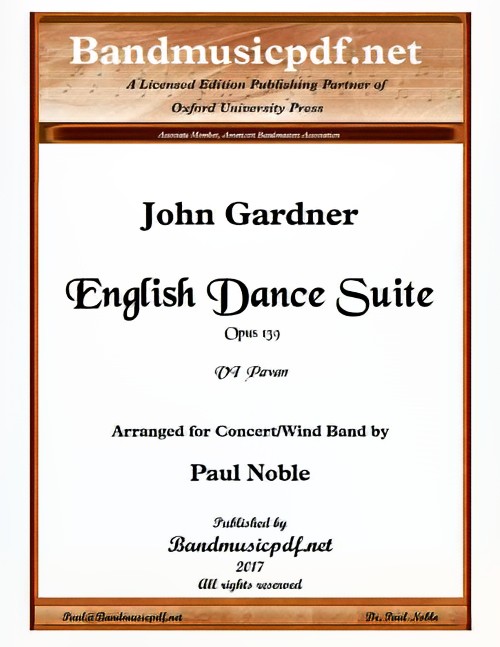 £75.00
£75.00English Dance Suite - VI. Pavan (Concert Band - Score and Parts) - Gardner, John - Noble, Paul
Arranged for the modern Concert/Wind Band, scored for three trumpets, reasonable doubling of parts where the original musical effect is not altered so that players can have a more responsible and enjoyable experience, more legible parts with less doubling on one staff, etc. The piece is offered either as a complete suite of seven movements, and also as seven individual movements which may be purchased independently. The English Dance Suite was originally composed by John Gardner for Wind Band, and has been re-set for the modern Concert Band instrumentation. Both the original version, edited and type-set by Paul Noble, and this arrangement are first editions now available for purchase to bands around the world. The set of seven Renaissance dances depict John Gardner's love of Scottish music, the Renaissance heritage, and some of his own mischievous approach to music. The first movement, Chacony on a Golden Theme, reminiscent of the Allegro movement of Purcell's Golden Sonata, is much used as a vehicle for variation on a repeated short harmonic progression, often involving a fairly short repetitive bass-line which offered a compositional outline for variation, decoration, figuration and melodic invention. In this it closely resembles the passacaglia. The Alman originated in the 16th century as a duple metere dance of moderate tempo, already considered very old, with a characteristic double-knocking upbeat of one or occasionally three sixteenth notes. It appears to have derived from a German dance but no identifiable dance and no German dance instructions from this era survive. The Hornpipe, usually in 3/2 dance rhythm, is an Irish, Scottish and English dance. It is done in hard shoes, which are used to help keep track of how the dancer keeps in time. There are two variations of the hornpipe dance: fast and slow. Usually, more experienced dancers will do the slow hornpipe but younger dancers will start out with the fast hornpipe and then switch in later years. The Corranto is a 16th-century court dance characterized by short advances and retreats, in quick triple time. The Volta (Italian: the turn or turning) is an anglicised name from the later Renaissance. Its main figure consisted of a turn and lift in a sort of closed position. The Pavan is a slow processional dance common in Europe during the 16th century. The Reel, indigenous to Scotland, consists largely of quaver (eighth note) movement with an accent on the first and third beats of the bar.
Estimated dispatch 7-14 working days
-
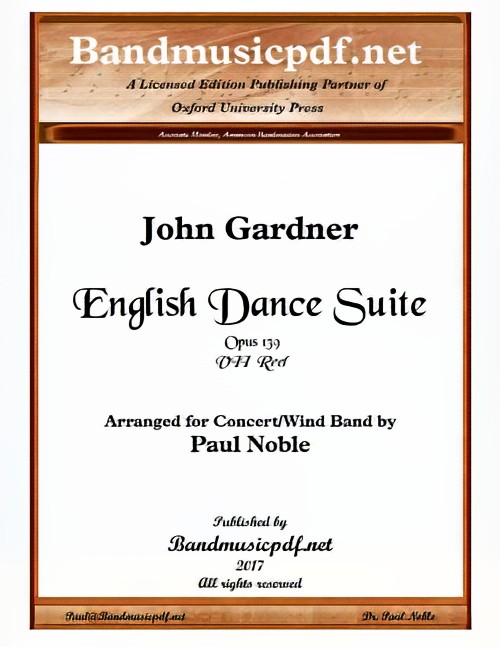 £125.00
£125.00English Dance Suite - VII. Reel (Concert Band - Score and Parts) - Gardner, John - Noble, Paul
Arranged for the modern Concert/Wind Band, scored for three trumpets, reasonable doubling of parts where the original musical effect is not altered so that players can have a more responsible and enjoyable experience, more legible parts with less doubling on one staff, etc. The piece is offered either as a complete suite of seven movements, and also as seven individual movements which may be purchased independently. The English Dance Suite was originally composed by John Gardner for Wind Band, and has been re-set for the modern Concert Band instrumentation. Both the original version, edited and type-set by Paul Noble, and this arrangement are first editions now available for purchase to bands around the world. The set of seven Renaissance dances depict John Gardner's love of Scottish music, the Renaissance heritage, and some of his own mischievous approach to music. The first movement, Chacony on a Golden Theme, reminiscent of the Allegro movement of Purcell's Golden Sonata, is much used as a vehicle for variation on a repeated short harmonic progression, often involving a fairly short repetitive bass-line which offered a compositional outline for variation, decoration, figuration and melodic invention. In this it closely resembles the passacaglia. The Alman originated in the 16th century as a duple metere dance of moderate tempo, already considered very old, with a characteristic double-knocking upbeat of one or occasionally three sixteenth notes. It appears to have derived from a German dance but no identifiable dance and no German dance instructions from this era survive. The Hornpipe, usually in 3/2 dance rhythm, is an Irish, Scottish and English dance. It is done in hard shoes, which are used to help keep track of how the dancer keeps in time. There are two variations of the hornpipe dance: fast and slow. Usually, more experienced dancers will do the slow hornpipe but younger dancers will start out with the fast hornpipe and then switch in later years. The Corranto is a 16th-century court dance characterized by short advances and retreats, in quick triple time. The Volta (Italian: the turn or turning) is an anglicised name from the later Renaissance. Its main figure consisted of a turn and lift in a sort of closed position. The Pavan is a slow processional dance common in Europe during the 16th century. The Reel, indigenous to Scotland, consists largely of quaver (eighth note) movement with an accent on the first and third beats of the bar.
Estimated dispatch 7-14 working days
-
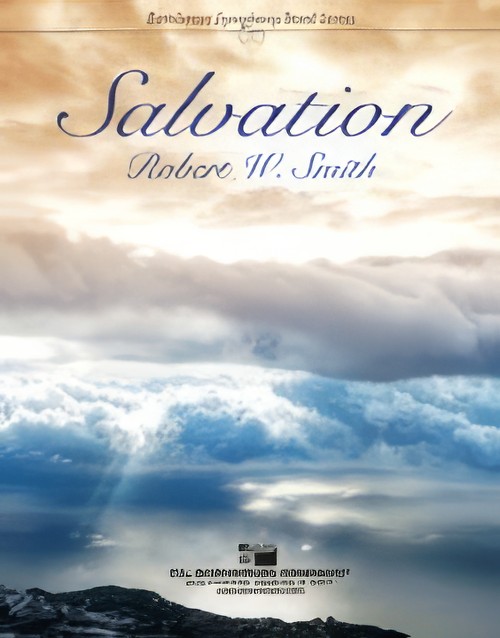 £76.00
£76.00Salvation (Concert Band - Score and Parts) - Smith, Robert W.
The Russian hymn Salvation is Created was composed by Peter Tchesnokov in 1912. Transcribed many times over the century, it has become a standard in the repertoire for choir, orchestra and band. Composer Robert W. Smith has used this timeless melody to create an interpretive statement for the concert band. From the soft and delicate opening phrases to the contrasting full band response, the piece progresses through multiple variations and treatments. The final section of the work presents the hymn in a more standard setting leading to a powerful conclusion. Suitable for contest/festival performance as well as any concert program, this may become a standard in the repertoire. An excellent programming choice.Duration: 4.30
Estimated dispatch 7-14 working days
-
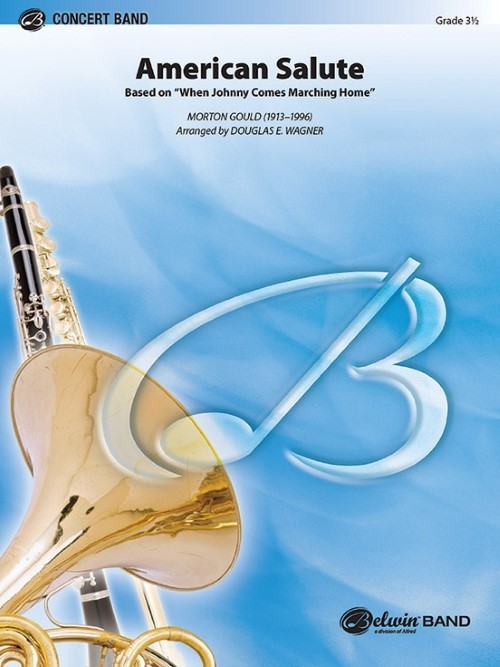 £76.95
£76.95American Salute (Concert Band - Score and Parts) - Gould, Morton - Wagner, Douglas E.
The monumental Morton Gould variations on "When Johnny Comes Marching Home" has been a staple in the orchestra and concert band literature for more than fifty years. An easily recognisable and energetic work, Douglas Wagner has retained the fervour and made this classic work available to a wider variety of concert bands by rescoring the bassoon trio into the clarinet section. Bravo!Duration: 4.45
Estimated dispatch 7-14 working days
-
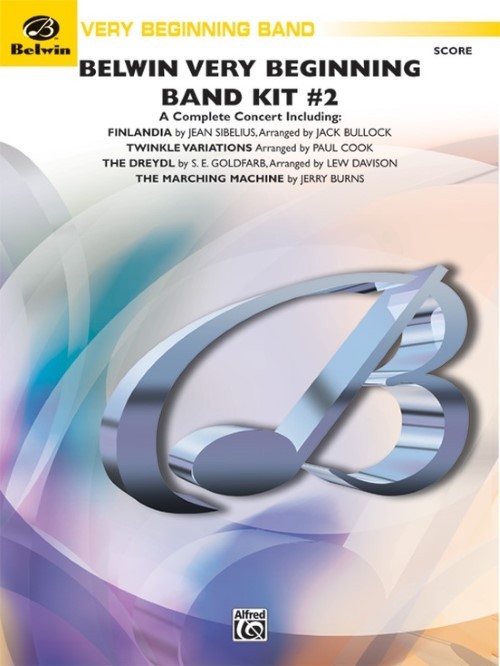 £58.50
£58.50Belwin Very Beginning Band Kit No.2 (Concert Band - Score and Parts)
This kit for the Very Beginning Band contains four grade ? selections in one publication Including "Sibelius' Finlandia," a flute section feature, "Twinkle Variations," a Jewish folk song, "The Dreydl," and the "Marching Machine," a concert march featuring the Percussion section. Use this as a complete concert program or supplemental material for your beginning band. Duration: 5.00
Estimated dispatch 7-14 working days
-
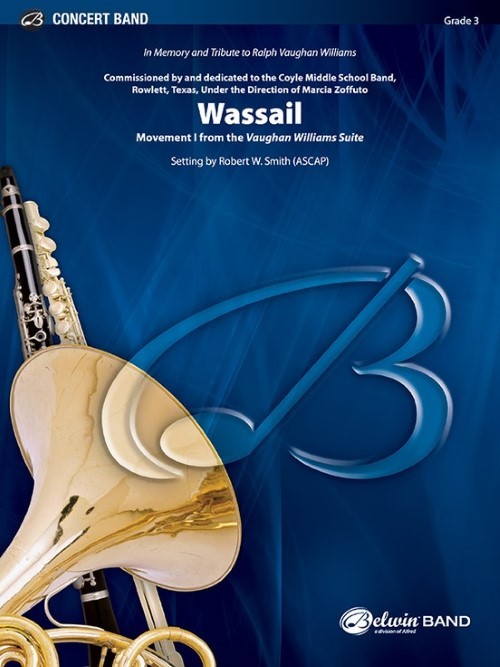 £62.95
£62.95Wassail (Concert Band - Score and Parts) - Smith, Robert W.
Robert W. Smith, in tribute to the great composer, has crafted a setting for the concert band of Wassail Song in the style of Vaughan Williams. Beginning with a lively solo statement of the melody, the clarinet choir introduces the song in its original form. Using Vaughan Williams as the inspiration, the melody is explored and restated in multiple variations using the various timbral colours of the concert band. This publication marks the first movement of Smith's Vaughan Williams Suite.Duration 3:15
Estimated dispatch 7-14 working days
-
 £33.66
£33.66Ashford Variations (Concert Band - Score and Parts)
You'll quickly fall in love with this great little rock tune based on a very famous melody by J.S. Bach. First stated by the woodwinds in a legato 3/4 style, the melody soon is revamped in 4/4 and a medium rock style. Excellent materials for the end of the first year or second year students. Very attractive as a concert piece. This theme will be familiar to your concert audience.
Estimated dispatch 7-14 working days
-
 £63.60
£63.60Caprice (Euphonium Solo with Concert Band) Andrew Batterham
VIEW SCORE PDF Caprice was written for Matthew van Emmerik, to showcase his virtuosity in an engaging piece of concert music. The work is in theme and variation form, with the primary material being the theme from the last of Paganini's Ventiquattro Capricci per violino solo, a collection of 24 caprices for solo violin. This theme has been the inspiration for similar works by many composers since it was first published, including Liszt, Brahms, Rachmaninov, Benny Goodman and Andrew Lloyd Webber. In this work, the famous theme is treated to a more contemporary approach. The first variation, Capricious, relies on motor rhythms and jagged dialogues between the soloist and the band. It is couched in an organic scale reminiscent of the Phrygian mode. The second variation, Sad, is in direct contrast, acting as a traditional ballad and allowing the soloist to explore the expressive side of the instrument. The third variation, Energetic, is a micro set of variations in itself, designed to display the soloist's innovative technique and stamina. Each section is more challenging than the last, until the work concludes with a whirlwind dance at breakneck speed. Like all of Batterham's recent work, the musical language of Caprice draws upon classical, jazz, funk and ska elements to create a unique sound where anything can happen, and probably will. This arrangement was made possible through Matt's instigation and generosity. To view a video of Matthew van Emmerik performing the version with brass band please visit www.youtube.com/watch?v=D0hsvux_a5o To view a video of Fletcher Mitchell performing the version with piano please visit www.youtube.com/watch?v=NOZ6KRldDVo Sheet music available from : UK: www.wind-band-music.co.uk USA: www.solidbrassmusic.com Instrumentation: Euphonium Soloist Piccolo Flute 1-2 Oboe Bassoon Clarinet in Eb Clarinet in Bb 1-3 Bass Clarinet in Bb Alto Saxophone 1-2 Tenor Saxophone Baritone Saxophone Trumpet in Bb 1-3 Horn in F 1-4 Trombone 1-2 Bass Trombone Euphonium Tuba String Bass Percussion 1-3
In stock: Estimated dispatch 1-3 days
-
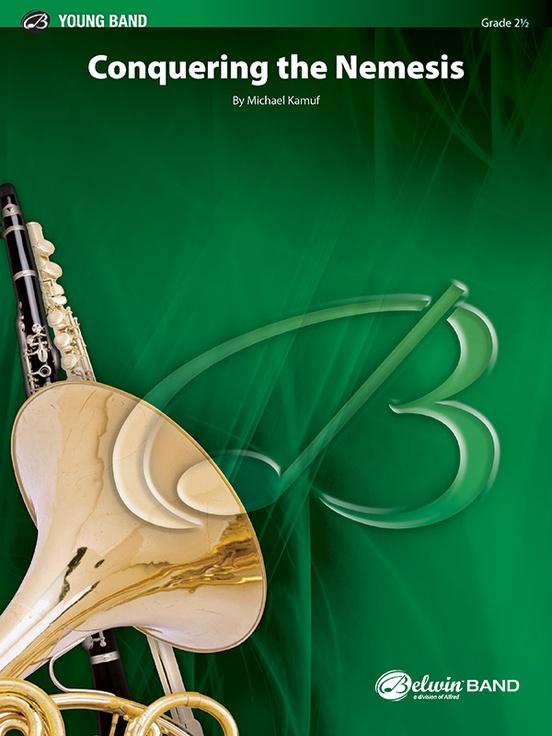 £66.95
£66.95Conquering the Nemesis (Concert Band - Score and Parts) - Kamuf, Michael
Portraying an epic battle, this programmatic work titled Conquering the Nemesis, by Michael Kamuf, builds suspense and intrigue from the first note! The "Nemesis", portrayed with ominous melodies using variations of a five-note cell, contrasts with the "Hero," represented by a bold and heroic motif. These opposing themes, contrasting contemporary harmonies, and driving percussion, create a perfect selection for your next concert or festival performance!Duration: 2.45
Estimated dispatch 7-14 working days
-
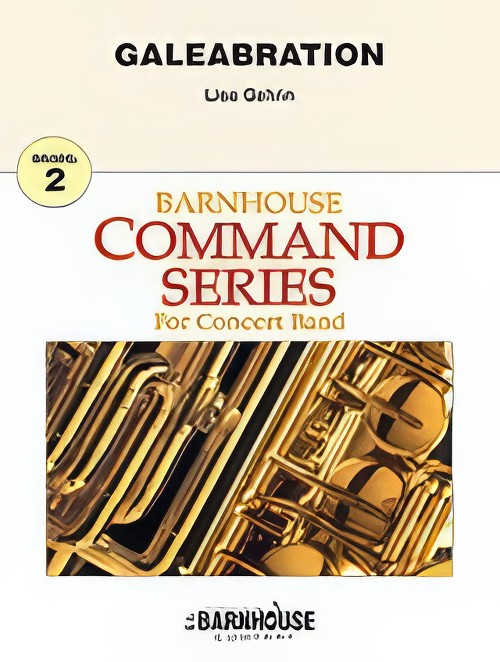 £59.00
£59.00Galeabration (Concert Band - Score and Parts) - Galvin, Lisa
Capturing a mood of celebration and authority, "Galeabration" is a powerful selection that can be used as your next concert opener or exciting finale! Your developing band will love the simple yet strong melodies, and the slight variations of each statement will entice your performers and listeners alike! Teaching opportunities and concepts are abundant, and the syncopated rhythmic figures will help your students expand their musical vocabulary. A certain favorite, your ensemble is sure to find quick success with this captivating work! Breathtaking! Duration: 2.30
Estimated dispatch 7-14 working days
